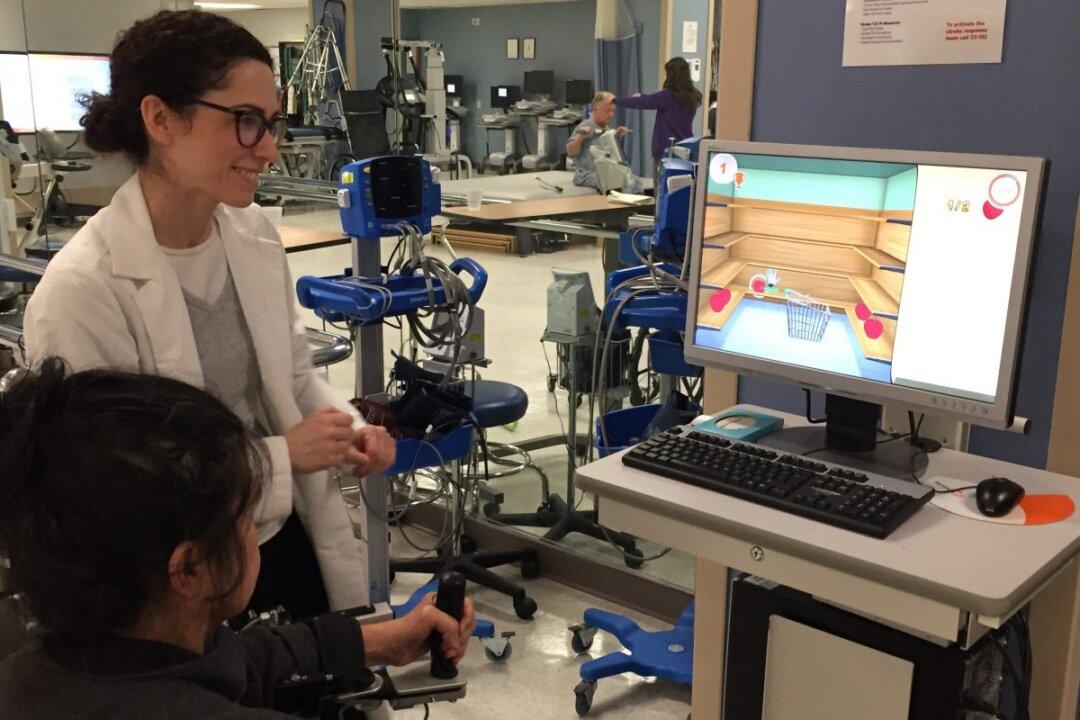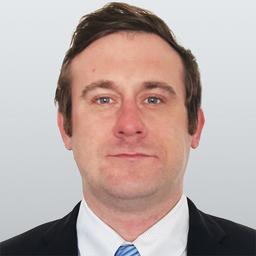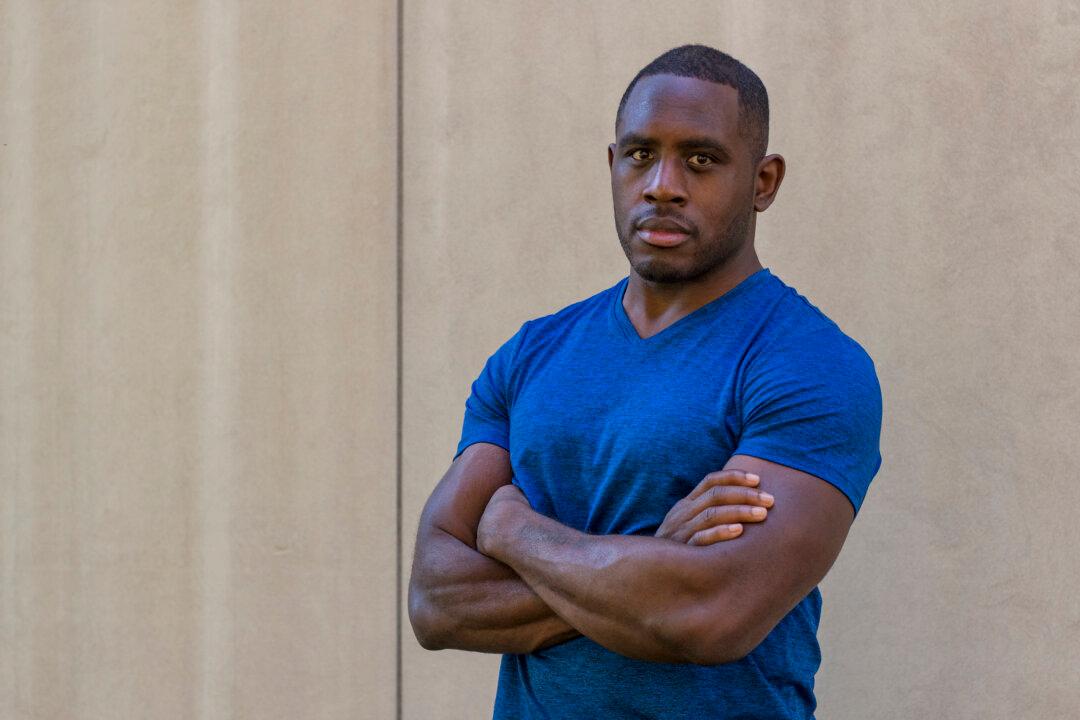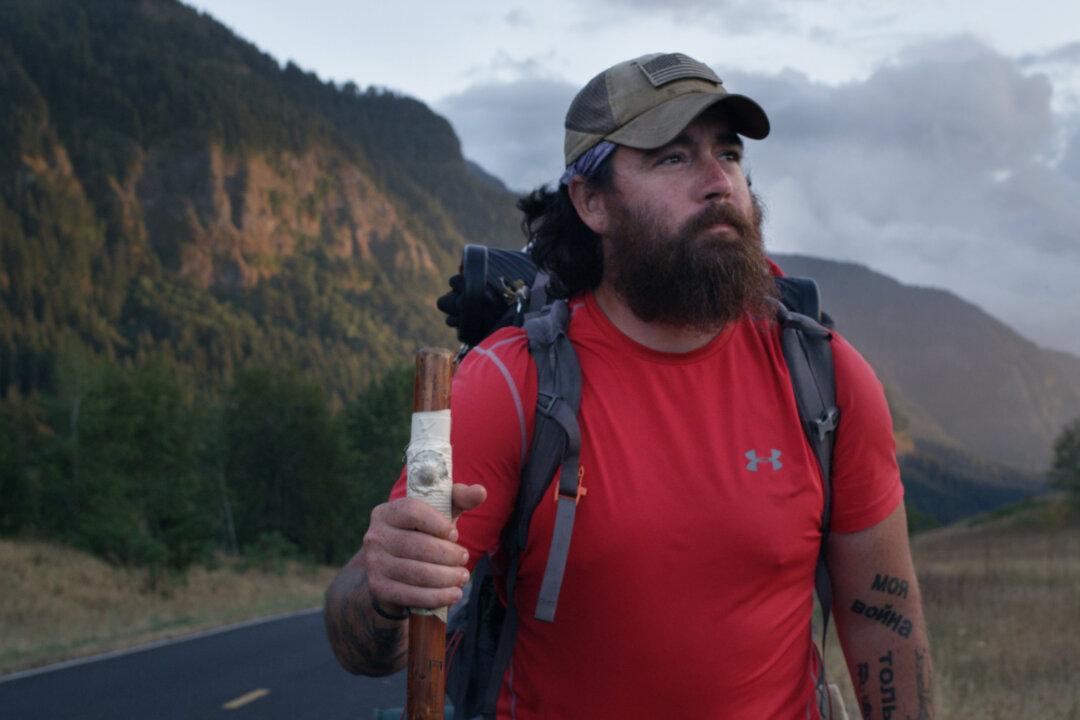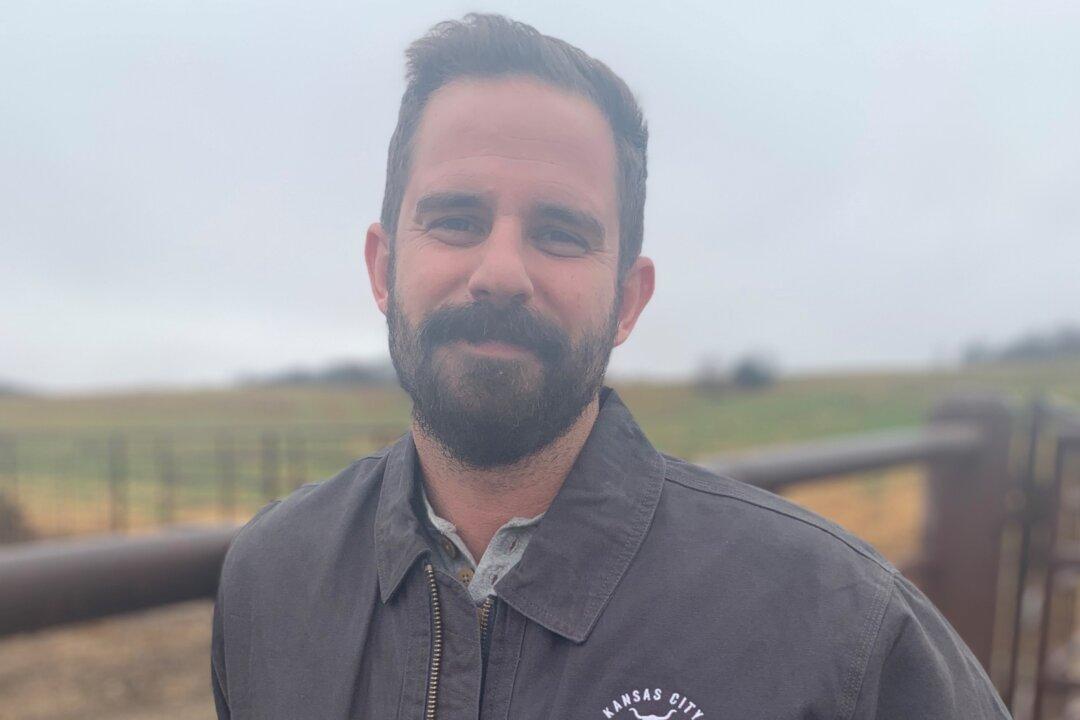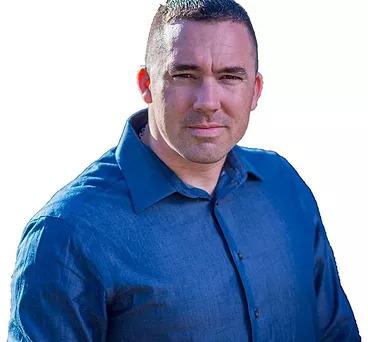NEW YORK—Suffering from a stroke can have a major impact on patients’ cognitive, speech and motor functions. Rehabilitation during recovery is critical to regaining these faculties. Now, at New York University’s Langone Hospital in Brooklyn, doctors and physical therapists are taking a new, interactive approach to post-stroke rehabilitation.
Vincent Cavallaro is the vice president of neurology and rehabilitation at NYU Langone-Brooklyn and is part of the team that is incorporating “gaming” into the recovery model. Typically, rehabilitation consists of physical therapy, occupational therapy, speech pathology therapy, and sometimes neuropsychology therapy. The primary goal of physical therapy is to get the patient up and walking around, and to ensure their balance is steady enough for treatment. Occupational therapy involves relearning daily activities like cooking and showering. Speech pathology services are used to evaluate swallowing and the ability to speak.

